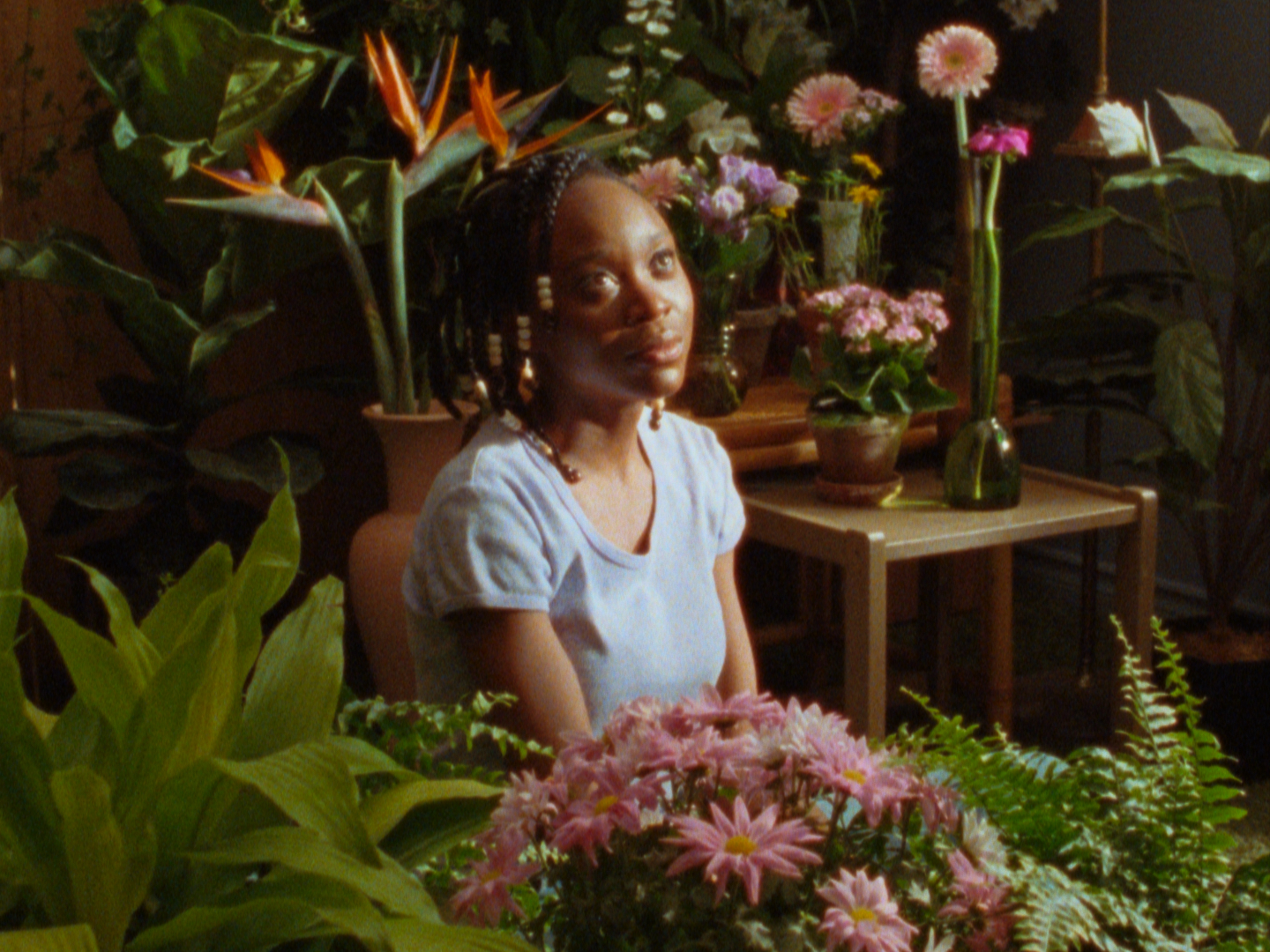
I. Introduction
Life is Lit by a Vegetal FireBy Yasmina Price
Instinctively, the hands of thousands of young Antilleans have felt the weight of steel, have located joints, unscrewed bolts. Thousands of images of brightly lit factories, virgin steel, of liberating machines, have swollen the hearts of our young laborers. In hundreds of sordid sheds where scrap metal rusts away, there is an invisible vegetation of desire. The impatient fruits of the Revolution will inevitably spring forth from this.
Across the shifting networks of palms they see the Antillean conflagration roll onto the Caribbean, which is a peaceful sea of lava. Here, life is lit by a vegetal fire. Here, on these hot lands that keep geological species alive, is found the fixed plant, passion and blood, in its primitive architecture, the anxious ringing emerging from the chaotic backs of the dancers. Here, the creepers swinging vertiginously take on airy allures to charm the precipices; with their trembling hands they hook on to the ungraspable cosmic tremor that rises all through the nights inhabited by drums. Here, the poets feel their heads overturn, and inhaling the fresh scents of the ravines, they take hold of the islands in their spread, they listen to the noise of the water around the islands, they see the tropical flames flare up no longer on account of cannas, gerberas, hibiscuses, bougainvilleas, or flame trees, but on account of the hungers, fears, hatreds, and ferocity that burn in the hollows of hills.
–Suzanne Césaire, “Le grand camouflage” (1945)
Suzanne Césaire wrote with a language of luxurious vegetation, undisciplined intellect, and poetic force. With an orientation towards hybridity and desire, the Martinican writer synthesized her observations of cultural metamorphoses and political principles towards imaginings of a decolonized horizon. She was motivated to generate new ways of channeling the particularities of her Caribbean context and identity. Césaire cofounded the literary review Tropiques (1941-1945) with her husband Aimé Césaire, worked as an educator, was engaged in numerous epistolary exchanges, and wrote across different genres. She was notably disinterested in rigid structures, instead offering cannibalism as a method for the enmeshment of cultural, political, and social economies and the negotiations they faced. Working within a collaborative sphere of other anti-colonial artists, militants, and intellectuals, Césaire was a thinker of geographies who was attentive to the gendered stakes of political transformation. Her intellectual and creative ecosystems operated through creolization and a commitment to multiplicities.
The political acuity, artistic sensitivity, and inventiveness of Césaire were transmitted in visceral linguistic registers. A key text within her oeuvre, the 1945 essay “Le grand camouflage,” is a sharp diagnosis of Martinique rendered in her captivating language of plants, flowers, and natural landscapes. She called inhabitants of the island “plant people,” suggesting a co-constitutive relationship between the colonized populations and the land itself. Writing about black workers in particular, her formula of the “invisible vegetation of desire” as the seeds from which the “impatient fruits of the Revolution” would grow offers a synthetic framework for an anti-capitalist remaking of the world as a planetary process. In dizzying sequence in this same essay, Césaire conjured a verdant, incendiary image of how “life is lit by a vegetal fire.”
The confluence of flames and vegetation is suggested with an inflection of delicious impossibility—where that meeting would not extinguish one and wither the other, but catalyze a multiform blossoming. This visual conjunction is also where the two moving image works of this dossier meet: Simone Leigh and Madeleine Hunt-Ehrlich’s Conspiracy (2022) and Miryam Charles’ Cette maison (2022). Fire Blossoms brings together these two films as imaginative and recuperative cinematic itineraries that cut across the temporal and spatial structures which stabilize the colonial world order. Buried and resurfaced in these moving image works are elliptical reworkings of remembrance fragmented across colonial ruptures and diasporic dispersals.
Their experimental elasticity addresses the contemporary continuations of colonialism, exercises towards autonomy for black women, negotiations of identity for diasporic Africans, collisions of art history and anthropology, as well as grief, loss and love. Crucially, both are grounded in intimate sociality—in Conspiracy, a linking of black women artists and intellectuals whose practices have converged along the lines of inspiration, mentorship, and friendship, and in Cette maison, the cinematic matter is the filmmaker’s own family. These works engage porous forms of lineage and inheritance, which manifest through maternal bonds or processes of mothering, as well as shared practices honed over generations. As diasporic black women’s cinema, Conspiracy and Cette maison intermingle artistic labors, personal histories, and speculative methods of mundane rituals and everyday repetitions with the vitality of regenerative arson.

Back to Fire Blossoms table of contents
Yasmina Price is a writer, programmer, and PhD candidate in the departments of African American Studies and Film and Media Studies at Yale University. She focuses on anticolonial cinema from the Global South and the work of visual artists across the African continent and diaspora, with a particular interest in the experimental work of women filmmakers. Her recent writing has appeared in Art in America, Aperture, Criterion’s Current, Film Comment, and Film Quarterly.
Fig. 1-2., Miryam Charles, Cette maison (2022), 16mm film stills. Courtesy the artist.
Fire Blossoms dossier cover image: Simone Leigh and Madeleine Hunt-Ehrlich, Conspiracy (2022), 16mm film still. Courtesy the artists and Matthew Marks Gallery.